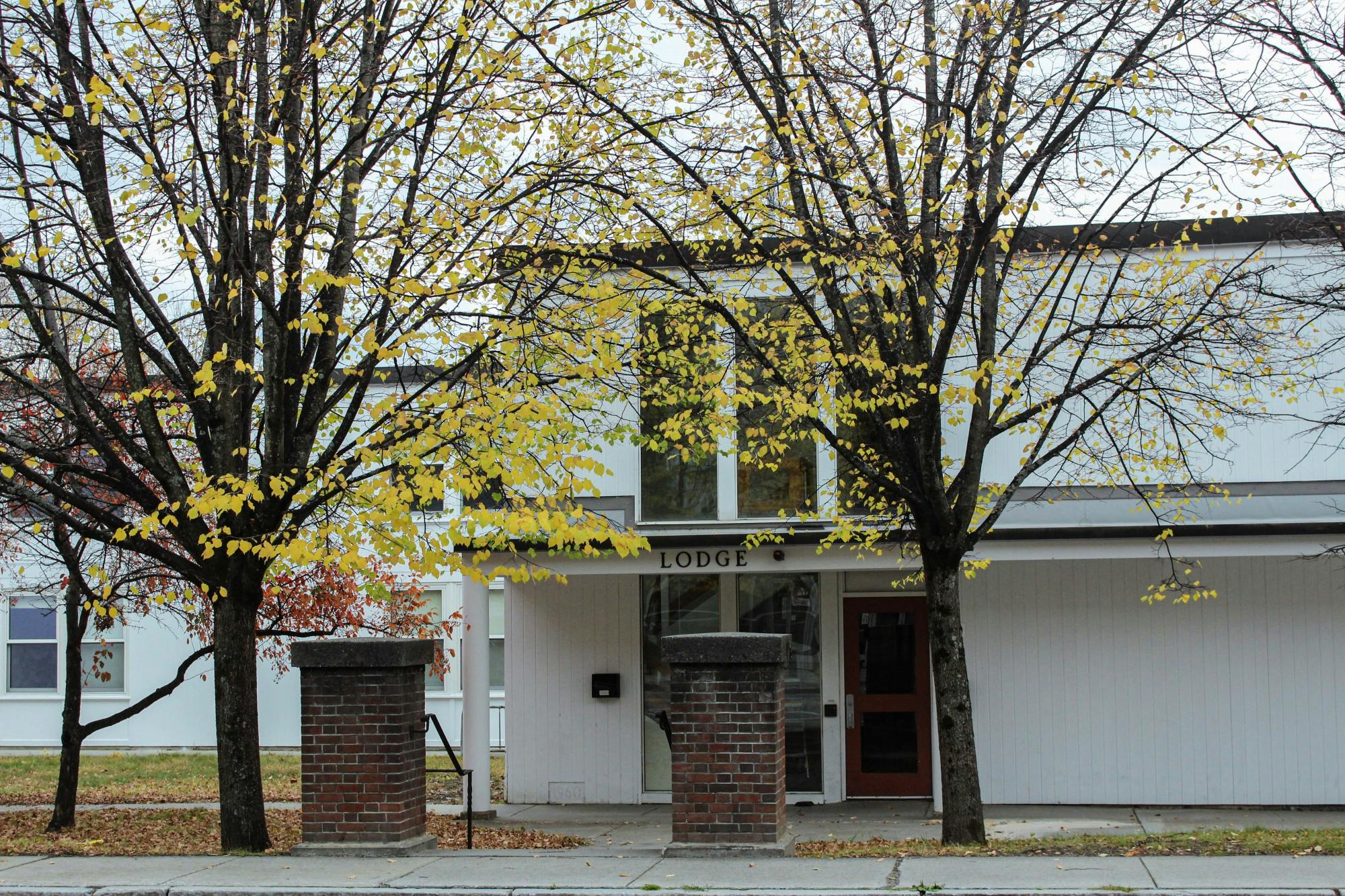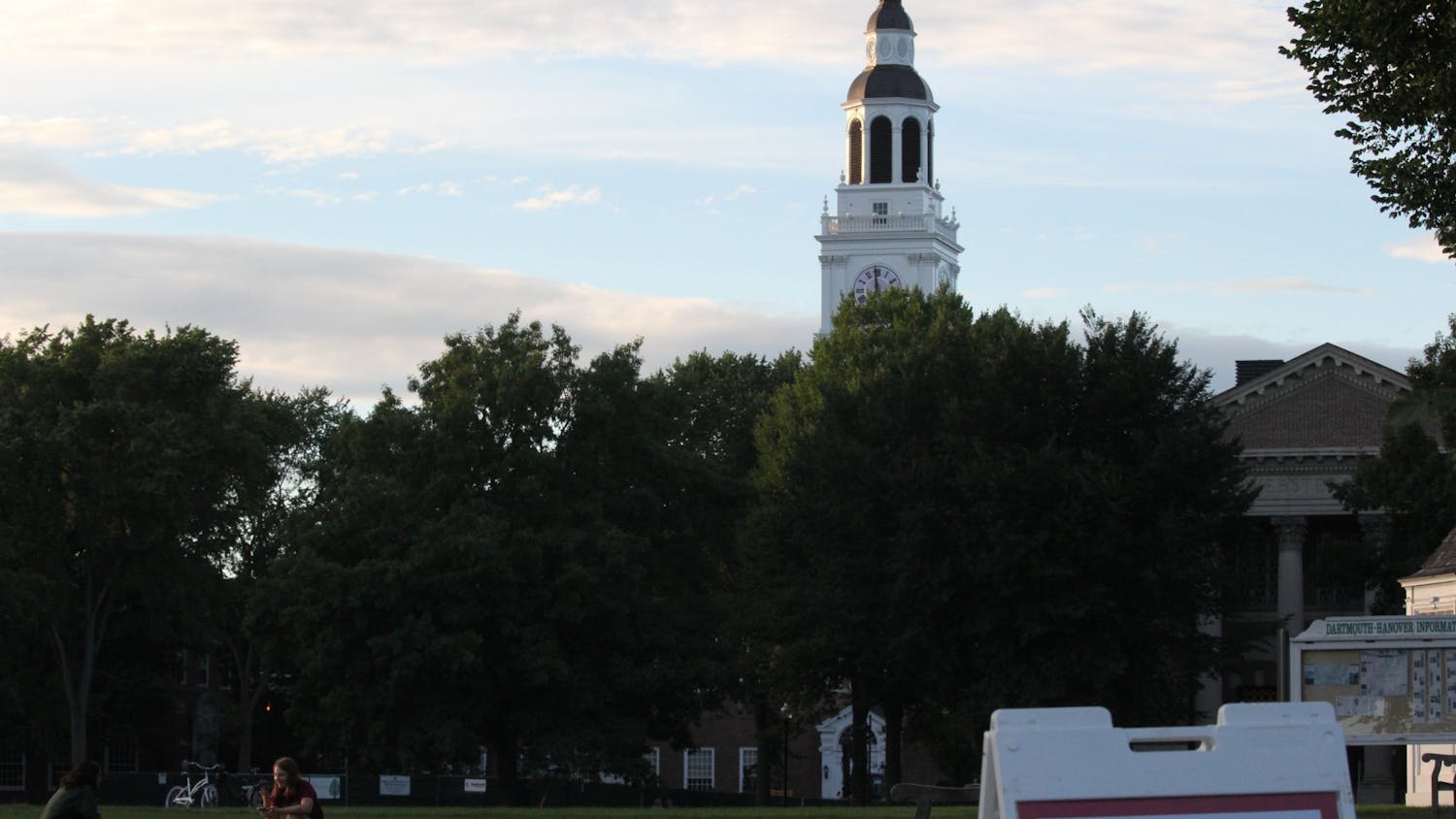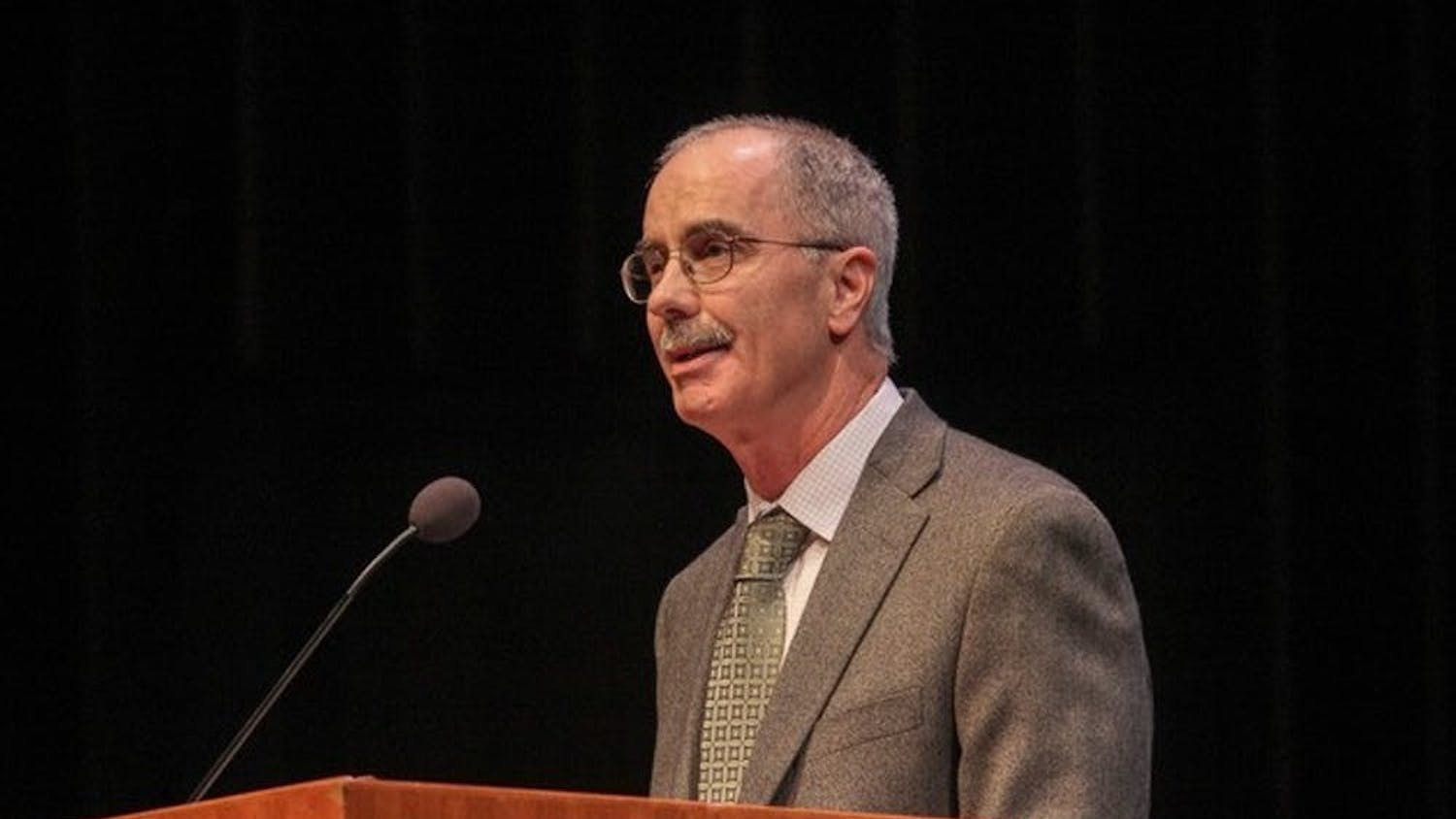On the morning of Sept. 9 — move-in day for many members of the Class of 2024 — Ainsley Carter ’24 struggled to muster the strength to get out of bed. She was nauseous, vomiting and barely able to walk. Instead of moving into her dorm that day, Carter became one of the first students put into isolation.
Students like Carter — who have either tested positive for COVID-19 or reported potential COVID-19 symptoms — are placed into isolation housing in the Lodge. Isolated students may move out of the designated housing after testing negative for COVID-19, though while they are sequestered they may not leave their rooms except to retrieve food or do laundry, and they may not leave the building at all except to dispose of trash. Forty students have been housed in on-campus isolation since late August, according to director of clinical services at Dick’s House Ann Bracken.
Separate from isolation housing, quarantine housing houses students who have come into contact with a known COVID-19 case or traveled outside the local area. Though quarantined students must stay sequestered for 14 days, they may go on walks by themselves after 48 hours and a negative test.
After Carter called Dick’s House to inform Dartmouth of her symptoms and complete a phone health screening, a nurse told her to leave the Hanover Inn, where she had been staying prior to move-in, and drive to Dick’s House immediately. There, she received a COVID-19 test in the parking lot. Since she was showing symptoms, Carter went straight to isolation in the Lodge, where a Safety and Security officer met her at the door and showed her inside to a single room with a private bathroom. In the room, she found instructions on how to order food and throw away linens, as well as numbers to call for medical help.
Fellow freshmen Alejandro Morales ’24, Camila Moreda ’24 and Kira Parrish-Penny ’24 — all of whom were put in isolation housing — described similar protocols. Each student reported their symptoms to Dick’s House, received a COVID-19 test and then moved into the Lodge.
Students who test positive must self-isolate for at least 10 days and can leave once they are fever-free for 24 hours without Tylenol or Ibuprofen and their symptoms improve, according to Bracken. Students who report symptoms but do not have COVID-19 can leave isolation after receiving a negative test result. Off-campus students may isolate in their private homes, according to Bracken.
While at the Lodge, isolating students order food to be delivered to the common areas in individually packed plastic bags by Dartmouth Dining. Dick’s House nurses contact students every few hours to check in on them.
Carter, Morales, Moreda and Parrish-Penny all tested negative for COVID-19 and were each cleared to leave after only one night in the Lodge.
Carter said that she did not expect to be released so soon, noting that Dick’s House nurses had told her she would stay at least two to three days. However, after her negative test, she said Dick’s House told her they wanted her out of isolation housing as soon as possible in order to decrease the risk of her contracting COVID-19 from anyone in isolation who might test positive. Morales, on the other hand, was allowed to stay an extra night following his negative COVID-19 test, as he still felt ill after a bout of food poisoning.
Parrish-Penny said that she was not given any instructions on how to avoid or handle encounters with other isolating students. She described an encounter with another isolating student while picking up food from a common area. While both students were able to safely avoid contact, she said the other student seemed “pretty freaked out.”
“She was assuming that I had COVID, and I was kind of assuming she had it as well,” she said. “It was a pretty weird feeling.”
Parrish-Penny said she and the other student discussed how to maneuver while keeping a safe social distance. She said she never found out if the student had COVID-19 and did not receive any contact tracing calls following her stay.
Besides the occasional encounter with other isolating students, the only contact isolated students have is with Dartmouth personnel. Parrish-Penny said that at one point, a Dartmouth maintenance worker wearing a mask came in to fix a broken radiator in her room. Morales said that all three times he left his room, he saw a janitor wearing a mask and gloves cleaning.
While Morales and Parrish-Penny both tested negative for COVID-19, their interactions with staff occured before their test results came out.
Carter described her time in the Lodge as “exponentially” more isolating than her time in quarantine during the first two weeks of the term. Morales described isolation as “depressing,” and Moreda said it was “a little scary.”
Comparing her experiences in isolation housing and quarantining in her dorm, Carter pointed out that the human contact in quarantine — like waving to classmates — though limited, was a positive difference.
“That’s a kind of social interaction that I didn’t think I was going to miss,” she said.
Bracken said students in isolation are supposed to receive calls from Dartmouth counseling at least once a day for a mental health check-in.
She said she has personally called students in isolation and delivered items to them. She noted one experience where she brought magazines and a candy bar to a student in isolation.
“We just are going to do what needs to be done in terms of making sure that people are safe and comfortable,” Bracken said.
Parrish-Penny and Carter said that they appreciated the calls they got from the counselors. Moreda and Morales did not remember getting a call.
Parrish-Penny said that she understood Dick’s House’s decision to put her in isolation, a sentiment echoed by other students concerning their own cases. The willingness on the part of Dartmouth students to put the community first is one of the factors Bracken pointed to as reasons behind Dartmouth’s success thus far. She described students as “good citizens” and acknowledged that Dartmouth is asking for a lot from students, especially those who may be forced to isolate for 10 days because of a positive COVID-19 test.
“When you’re asymptomatic, and you have 10 days in isolation, that is not a party,” Bracken said.
Carter, Morales, Moreda and Parrish-Penny all said that they had never considered leaving their isolation rooms. No one appeared to be stopping them from leaving, but Parrish-Penny said she believes her ID card was deactivated. Dartmouth College Health Service’s Isolation FAQ page states that Safety and Security may need to reestablish a student’s access to their dorm room following isolation.
Dartmouth has been largely successful in its reopening. As of Monday, Dartmouth has had only 10 confirmed student COVID-19 cases since July 1. Currently, 99.1% of the beds available for quarantining and isolating students are still available, with only two students currently in isolation and five in quarantine, including those isolating off campus. No local Dartmouth students have suffered serious COVID-19 symptoms, according to Bracken.





